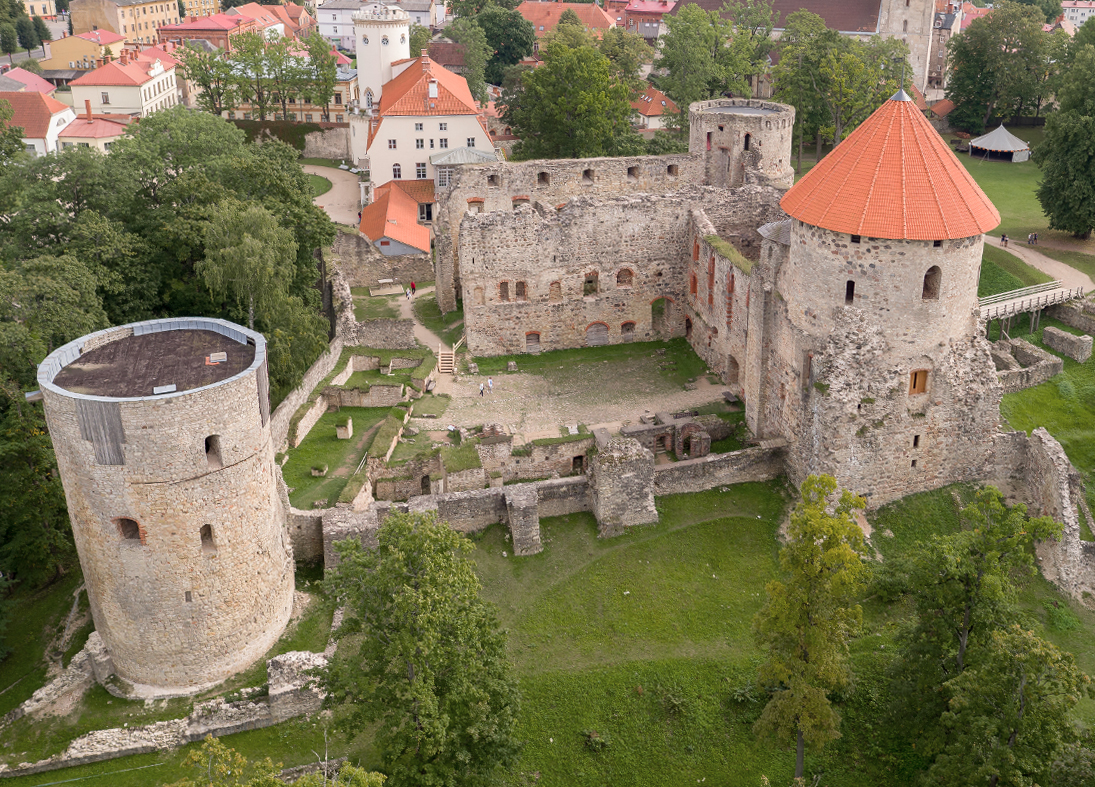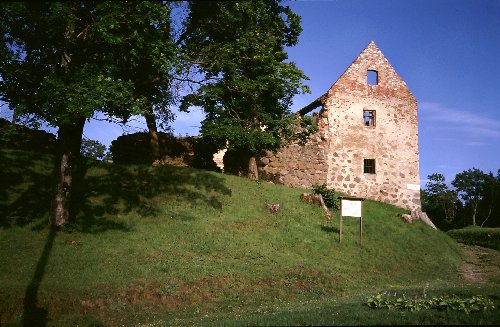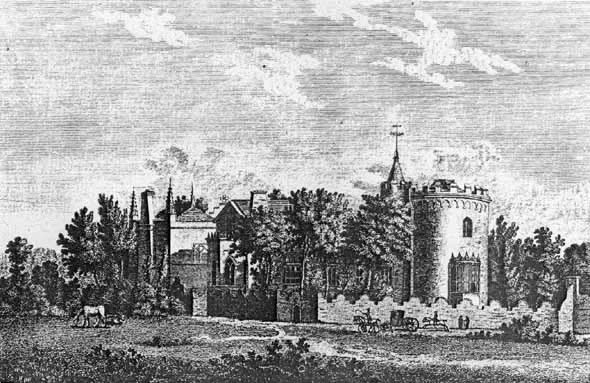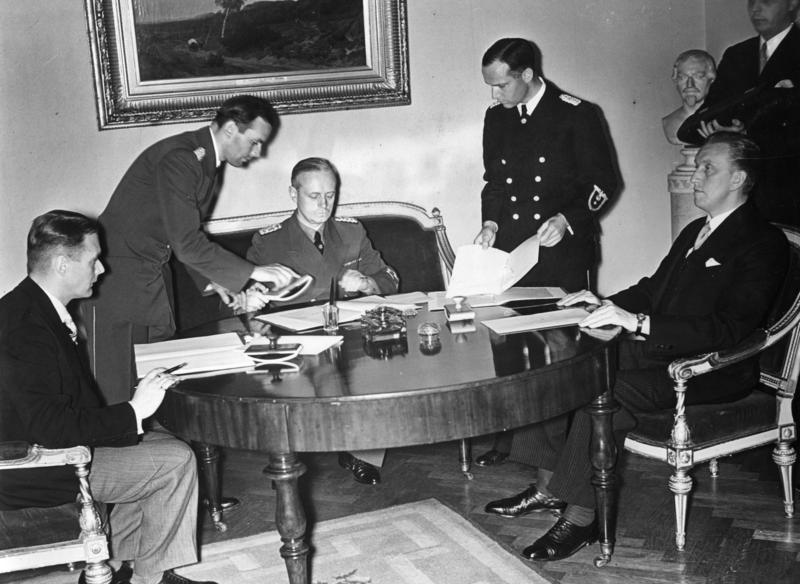|
Cēsis Castle
Cēsis Castle () is one of the most iconic and best preserved medieval castles in Latvia. The foundations of the castle were laid 800 years ago by the Livonian Brothers of the Sword. The most prosperous period Cēsis Castle experienced was during its next owners, the Teutonic Order. It became one of the key administrative and economic centers of the Teutonic Order in Livonia and was a seat of Landmeister in Livland. The first serious damage was done to the castle during the Livonian War, when it was besieged by the army of Ivan the Terrible. In the course of the siege of 1577 approximately 300 people within the castle committed mass suicide by blowing themselves up with gunpowder. Cēsis Castle was still in use during the following century but it fell into disuse after the Great Northern War. Today the castle is the most visited heritage site in Cēsis and one of the 'must see' destinations in the Baltic states. History Foundation and expansion In the autumn of 1206 during the ... [...More Info...] [...Related Items...] OR: [Wikipedia] [Google] [Baidu] |
Latvia
Latvia ( or ; lv, Latvija ; ltg, Latveja; liv, Leţmō), officially the Republic of Latvia ( lv, Latvijas Republika, links=no, ltg, Latvejas Republika, links=no, liv, Leţmō Vabāmō, links=no), is a country in the Baltic region of Northern Europe. It is one of the Baltic states; and is bordered by Estonia to the north, Lithuania to the south, Russia to the east, Belarus to the southeast, and shares a maritime border with Sweden to the west. Latvia covers an area of , with a population of 1.9 million. The country has a temperate seasonal climate. Its capital and largest city is Riga. Latvians belong to the ethno-linguistic group of the Balts; and speak Latvian, one of the only two surviving Baltic languages. Russians are the most prominent minority in the country, at almost a quarter of the population. After centuries of Teutonic, Swedish, Polish-Lithuanian and Russian rule, which was mainly executed by the local Baltic German aristocracy, the independent R ... [...More Info...] [...Related Items...] OR: [Wikipedia] [Google] [Baidu] |
Siege Of Cēsis Castle (1577)
The siege of Cēsis Castle (1577) was a part of Ivan the Terrible, Ivan the Terrible's campaign to conquer Terra Mariana, Old Livonia. After a five-day-long bombardment, about 300 people within the castle committed mass suicide by blowing themselves up with four barrels of gunpowder. The event is regarded as one of the greatest tragedies in the war-torn Europe of the early modern period. Background After the dissolution of the Livonian branch of the Teutonic Order in 1561, Cēsis Castle, one of the region's most important fortresses, was garrisoned by Polish troops. In the summer of 1577, the townsmen of Cēsis drove the Polish garrison from the castle and submitted to Magnus, Duke of Holstein, Magnus, the titular King of Livonia. Soon after Magnus have moved to Cēsis the Muscovites, personally led by Ivan the Terrible, arrived at the edge of the town. The tsar had a reputation for not sparing even those who willingly surrendered, and therefore the decision was made not to open ... [...More Info...] [...Related Items...] OR: [Wikipedia] [Google] [Baidu] |
Castles In Latvia
This is the List of castles in Latvia, which includes fortified residences of Western European conquerors built in the area of present-day Latvia before the 17th century. There are about 140 medieval castles in the area, therefore this list is not complete. After the name of the castle comes the year of construction and a short description of its present-day condition. Table of contents Courland Zemgale Vidzeme Latgale See also *List of castles *List of castles in Estonia *List of palaces and manor houses in Estonia *List of palaces and manor houses in Latvia * List of hillforts in Latvia *List of castles in Lithuania Additional information References Sources * * External links Ambermarks - Medieval castles of Latvia - list {{List of castles in Europe * Latvia Cas Lists of castles by country Castles A castle is a type of fortified structure built during the Middle Ages predominantly by the nobility or royalty and by military orders. Scholars debate the ... [...More Info...] [...Related Items...] OR: [Wikipedia] [Google] [Baidu] |
The Castle Of Otranto
''The Castle of Otranto'' is a novel by Horace Walpole. First published in 1764, it is generally regarded as the first gothic novel. In the second edition, Walpole applied the word 'Gothic' to the novel in the subtitle – ''A Gothic Story''. Set in a haunted castle, the novel merged medievalism and terror in a style that has endured ever since. The aesthetic of the book has shaped modern-day gothic books, films, art, music, and the goth subculture. Walpole was inspired to write the story after a nightmare he had at his Gothic Revival home, Strawberry Hill House, in southwest London. The novel initiated a literary genre that would become extremely popular in the later 18th and early 19th century, with authors such as Clara Reeve, Ann Radcliffe, William Thomas Beckford, Matthew Lewis, Mary Shelley, Bram Stoker, Edgar Allan Poe, Robert Louis Stevenson and George du Maurier. History ''The Castle of Otranto'' was written in 1764 during Horace Walpole's tenure as MP for King's Lyn ... [...More Info...] [...Related Items...] OR: [Wikipedia] [Google] [Baidu] |
Wenno
Wenno von Rohrbach, also known as Winno, Vinno, and Winne, was the first Master (''Herrenmeister'') of the Livonian Brothers of the Sword, leading the Order from 1204 to 1209. Death Originally from Kassel-Naumburg, Wenno was killed by the knight with an axe, in a quarrel caused by some unknown reason. As a result, Wickbert was sentenced to death. Wenno was succeeded by Volkwin Schenk Volkwin von Naumburg zu Winterstätten (also ''Wolquin, Folkwin, Folkvin, Wolguinus, Wolgulin'', Middle High German: ''Volkewîn''; died 22 September 1236) was the Master (''Herrenmeister'') of the Livonian Brothers of the Sword from 1209 to 123 .... References 1209 deaths Masters of the Livonian Brothers of the Sword Christians of the Livonian Crusade Axe murder {{Germany-bio-stub ... [...More Info...] [...Related Items...] OR: [Wikipedia] [Google] [Baidu] |
Decembrist Revolt
The Decembrist Revolt ( ru , Восстание декабристов, translit = Vosstaniye dekabristov , translation = Uprising of the Decembrists) took place in Russia on , during the interregnum following the sudden death of Emperor Alexander I. Alexander's heir apparent, Konstantin, had privately declined the succession, unknown to the court, and his younger brother Nicholas decided to take power as Emperor Nicholas I, pending formal confirmation. While some of the army had sworn loyalty to Nicholas, a force of about 3,000 troops tried to mount a military coup in favour of Konstantin. The rebels, although weakened by dissension between their leaders, confronted the loyalists outside the Senate building in the presence of a large crowd. In the confusion, the Emperor's envoy, Mikhail Miloradovich, was assassinated. Eventually, the loyalists opened fire with heavy artillery, which scattered the rebels. Many were sentenced to hanging, prison, or exile to Siberia. The cons ... [...More Info...] [...Related Items...] OR: [Wikipedia] [Google] [Baidu] |
Alexander Bestuzhev
Alexander Alexandrovich Bestuzhev ( rus, Алекса́ндр Алекса́ндрович Бесту́жев, p=bʲɪˈstuʐɨf, a=Ru-Alyeksandr Alyeksandrovich Byestuzhyev.oga; (), was a Russian writer and Decembrist. After the Decembrist revolt he was sent into exile to Caucasus where Russian Empire The Russian Empire was an empire and the final period of the Russian monarchy from 1721 to 1917, ruling across large parts of Eurasia. It succeeded the Tsardom of Russia following the Treaty of Nystad, which ended the Great Northern War. ... was Caucasian War, waging the war against the Circassians. There writing under the pseudonym Marlinsky ( rus, Марли́нский, p=mɐrˈlʲinskʲɪj, a=Ru-Alyeksandr Alyeksandrovich Marlinskiy.oga) he became known as a romanticism, romantic poet, short story writer and novelist. He was killed there in a skirmish. Biography Alexander Bestuzhev came from the rich and noble Bestuzhev family. He received an excellent education. F ... [...More Info...] [...Related Items...] OR: [Wikipedia] [Google] [Baidu] |
Königsberg Castle
The Königsberg Castle (german: Königsberger Schloss, russian: Кёнигсбергский замок, Konigsbergskiy zamok) was a castle in Königsberg, Germany (since 1946 Kaliningrad, Russia), and was one of the landmarks of the East Prussian capital Königsberg. History The site of the castle was originally an Old Prussian fort known as ''Tuwangste'' near the Pregel River at an important waypoint in Prussian territory. Nearby were three Prussian villages, later known as Löbenicht, Sackheim, and Tragheim. After conquering the area in 1255, the Teutonic Knights constructed a provisionary wooden and earthworks fort in place of the Prussian one. By 1257, a new stone Ordensburg castle was being constructed. The castle was greatly enlarged and refortified in several stages between the 16th to 18th centuries. The fortress, later designated a castle, was the residence of the Grandmasters of the Teutonic Order and later residence for Prussian rulers. The 1815 ''Encyclopædia ... [...More Info...] [...Related Items...] OR: [Wikipedia] [Google] [Baidu] |
Soviet Occupation Of Latvia In 1940
The Soviet occupation of Latvia in 1940 refers to the military occupation of the Republic of Latvia by the Soviet Union under the provisions of the 1939 Molotov–Ribbentrop Pact with Nazi Germany and its Secret Additional Protocol signed in August 1939. The occupation took place according to the European Court of Human Rights,European Court of Human Rights cases on Occupation of Baltic States the Government of Latvia,The Occupation of Latvia at Ministry of Foreign Affairs of the Republic of Latvia the , [...More Info...] [...Related Items...] OR: [Wikipedia] [Google] [Baidu] |
Kārlis Ulmanis
Kārlis Augusts Vilhelms Ulmanis (; 4 September 1877 – 20 September 1942) was a Latvian politician. He was one of the most prominent Latvian politicians of pre-World War II Latvia during the Interwar period of independence from November 1918 to June 1940. He served four times as prime minister, the last time as the head of an authoritarian regime, during which he subsequently also adopted the title of President of Latvia. The legacy of his dictatorship continues to divide public opinion in Latvia today. Early life Born in a prosperous farming family, Ulmanis studied agriculture at the Swiss Federal Institute of Technology Zurich and at Leipzig University. He then worked in Latvia as a writer, lecturer, and manager in agricultural positions. He was politically active during the 1905 Revolution, was briefly imprisoned in Pskov, and subsequently fled Latvia to avoid incarceration by the Russian authorities. During this period of exile, he studied at the University of Nebraska� ... [...More Info...] [...Related Items...] OR: [Wikipedia] [Google] [Baidu] |
World War I
World War I (28 July 1914 11 November 1918), often abbreviated as WWI, was one of the deadliest global conflicts in history. Belligerents included much of Europe, the Russian Empire, the United States, and the Ottoman Empire, with fighting occurring throughout Europe, the Middle East, Africa, the Pacific, and parts of Asia. An estimated 9 million soldiers were killed in combat, plus another 23 million wounded, while 5 million civilians died as a result of military action, hunger, and disease. Millions more died in genocides within the Ottoman Empire and in the 1918 influenza pandemic, which was exacerbated by the movement of combatants during the war. Prior to 1914, the European great powers were divided between the Triple Entente (comprising France, Russia, and Britain) and the Triple Alliance (containing Germany, Austria-Hungary, and Italy). Tensions in the Balkans came to a head on 28 June 1914, following the assassination of Archduke Franz Ferdin ... [...More Info...] [...Related Items...] OR: [Wikipedia] [Google] [Baidu] |
Sievers Family
The Sievers family is a noble Baltic German family that owned a number of estates in the present-day Baltic States, including the Wenden Castle. It hails from the Duchy of Holstein. * Karl von Sievers (1710–74) owed his rise to a brief liaison with Elizabeth of Russia, Tsarina Elisabeth. He was made a Count of the Holy Roman Empire in 1760. * His daughter Elisabeth Sievers, Elisabeth (1746-1818) captivated Giacomo Casanova but married her cousin Jacob Sievers who administered the north-west of modern-day Russia and built the Sievers Canal connecting the Msta River, Msta and Volkhov River, Volkhov rivers. Her second husband was Prince Nikolai Putyatin. She also had a natural daughter who married historian Nikolai Karamzin. * Jacob's nephews Karl Karlovich Sievers, Karl, Johann von Sievers, Johann and Jacob were all generals prominent in the Russian service during the Napoleonic Wars. *Count Emanuel von Sievers (1817-1909) a senator of the Russian Empire and grand master of the im ... [...More Info...] [...Related Items...] OR: [Wikipedia] [Google] [Baidu] |








